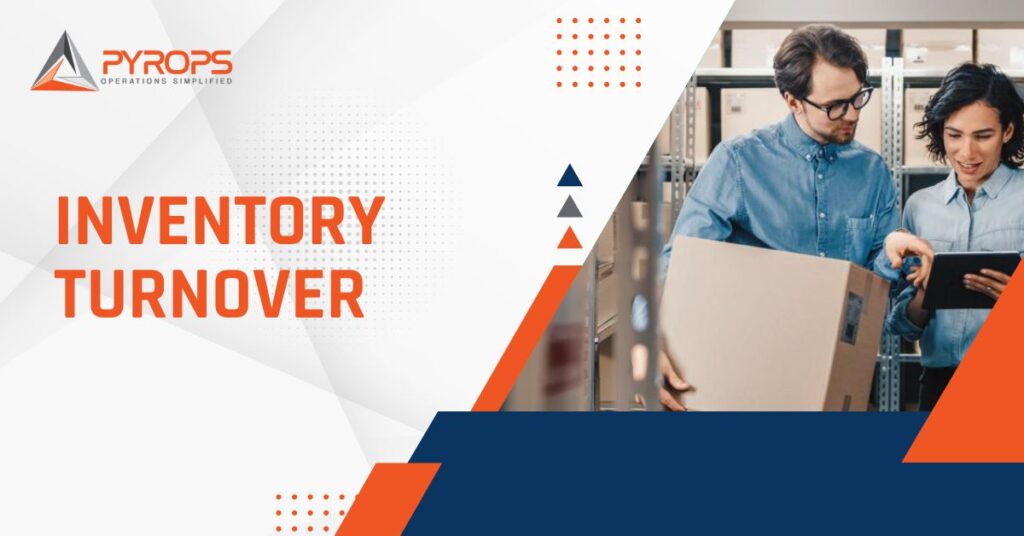Inventory turnover is a measure of how quickly a company sells its inventory and replaces it with new inventory. It’s an essential metric for evaluating a company’s efficiency in managing its inventory. The higher the inventory turnover, the more efficient the company is at managing its inventory.
Here’s a breakdown of how to calculate inventory turnover and improve it:
Calculating Inventory Turnover Inventory turnover is calculated by dividing the cost of goods sold by the average inventory level. The formula is as follows:
Inventory Turnover = Cost of Goods Sold / Average Inventory Level
To get the average inventory level, add the beginning and ending inventory levels for a given period and divide by two.
Improving Inventory Turnover Improving inventory turnover can help a company increase sales and profits, reduce inventory carrying costs, and avoid stockouts. Here are some strategies to improve inventory turnover:
Forecast Demand: Use data and trends to forecast demand accurately. This helps to minimize overstocking and stockouts.
Streamline Procurement: Implement an efficient procurement process to ensure that inventory is delivered on time and in the correct quantities.
Optimize Inventory Levels: Keep inventory levels at an optimal level to prevent overstocking and reduce carrying costs.
Implement Just-In-Time Inventory: Just-in-time inventory helps reduce inventory levels and improve inventory turnover by ordering inventory only when it’s needed.
Use Inventory Management Software: Implement inventory management software that helps automate inventory management tasks, analyze inventory data, and generate reports.
Improve Inventory Accuracy: Conduct regular physical inventory counts to ensure inventory accuracy and prevent losses due to theft or damage.
Prioritize Inventory: Prioritize inventory based on demand and profitability to ensure that the most profitable and in-demand items are always in stock.
In conclusion, inventory turnover is a critical metric that indicates a company’s efficiency in managing its inventory. By forecasting demand accurately, streamlining procurement, optimizing inventory levels, implementing just-in-time inventory, using inventory management software, improving inventory accuracy, and prioritizing inventory, a company can improve its inventory turnover, reduce carrying costs, and maximize profitability.






